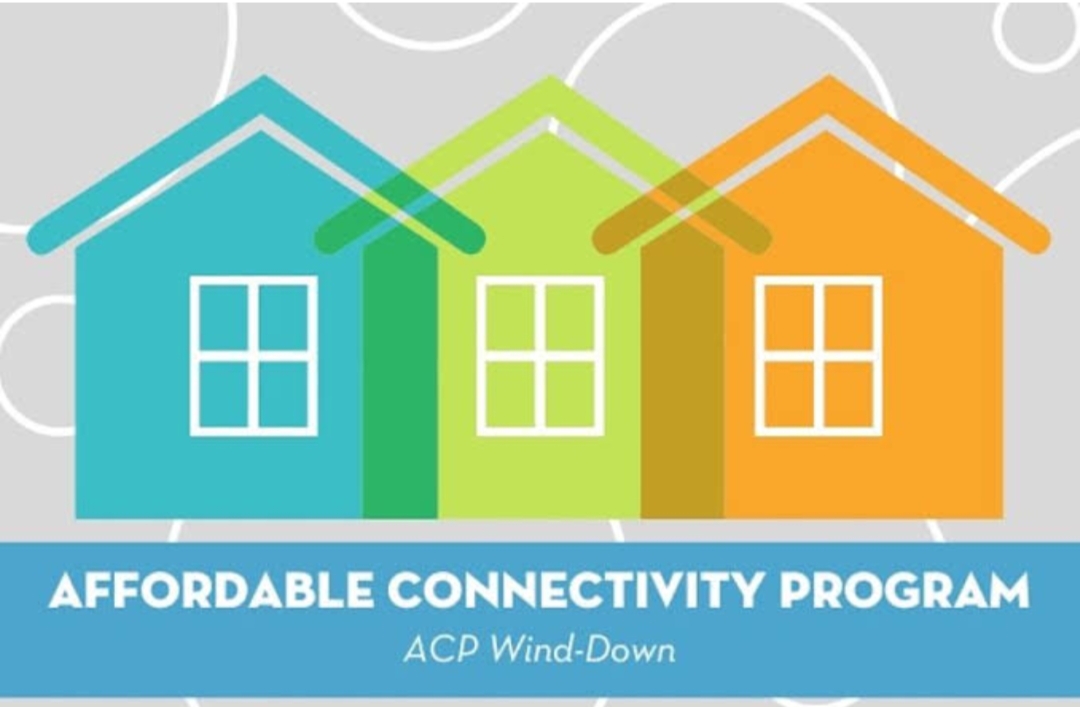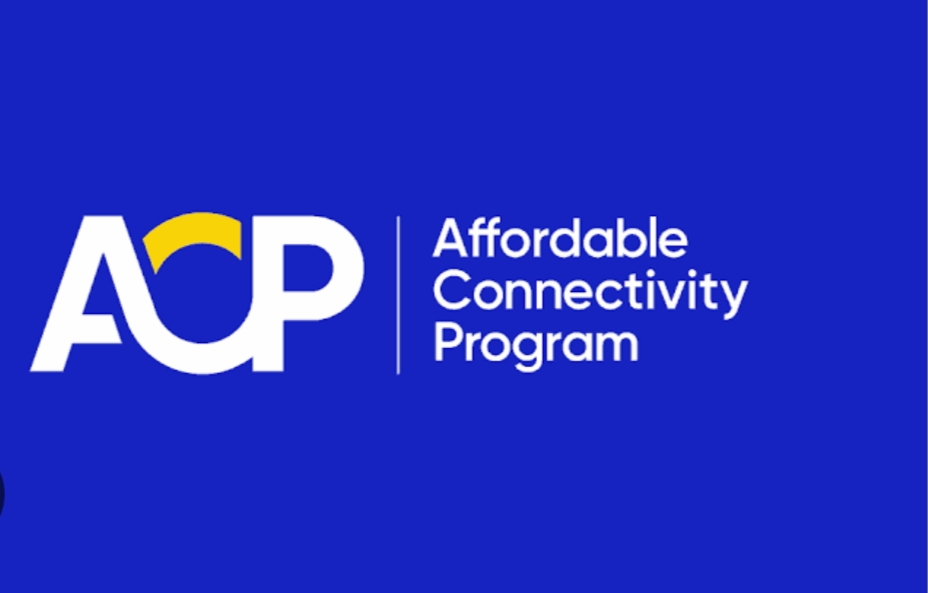President Joe Biden’s administration has pushed congressional Republicans to renew funding for the Federal Communications Commission’s Affordable Connectivity Program (ACP), which offers broadband refunds to more than 23 million families.

Commencement Of Affordable Connectivity Program
Bipartisan legislation launched in January recommended a $7 billion extension for the program, which is critical because its funding is set to expire this month if no action is taken. The $14.2 billion ACP, signed into law in November 2021, has helped millions of people, particularly military families, seniors, and neglected communities. Despite its success, nothing has been done about the legislation that is being considered since January.
Access to inexpensive internet has become increasingly important for business, education, healthcare, and staying in touch with loved ones. The Affordable Connectivity Program (ACP), which was created to bridge the digital divide by offering subsidized internet services to low-income households, has played an important role in guaranteeing equitable access to online resources. With the ACP due to stop, many people may ask what government subsidies are available to assist them with their internet costs.
Alternatives Of Affordable Connectivity Program
Lifeline Program: The Federal Communications Commission (FCC) administers the Lifeline program, which provides qualifying low-income people and households with a monthly discount on internet and phone service. The ACP superseded the Emergency Broadband Benefit (EBB) program, which temporarily increased Lifeline payments during the COVID-19 outbreak.
However, Lifeline remains an important resource for ongoing support. Lifeline eligibility is determined by income or membership in qualified federal assistance programs such as Medicaid, SNAP, Supplemental Security Income (SSI), Federal Public Housing Assistance (FPHA), and others. Qualified households may receive up to $9.25 per month toward their internet subscription.
State and Local Assistance Programs: In addition to federal programs such as Lifeline, many states and local governments provide residents with their internet support programs. These programs may offer extra savings or subsidies to assist cover the cost of internet service. Eligibility criteria and perks vary by location, so individuals should look into relevant programs in their area.
Community-Based Organizations: Non-profit organizations and community groups frequently work with internet service providers to give subsidized or free internet access to underserved communities. These efforts may target certain groups, such as students, elders, or people with disabilities, and offer specialized support to match their needs.
Affordable Internet Plans from Providers: Many internet service providers provide low-cost internet plans exclusively for low-income families. These plans frequently include lower rates, eliminated installation fees, and various payment choices to make internet connection more affordable. Individuals should look into available options from nearby suppliers and ask about special programs for low-income customers.
Digital Inclusion Initiative: Digital inclusion programs seek to overcome barriers to internet access beyond financial restrictions. These efforts could include offering free or low-cost laptops or tablets, digital literacy training programs, and community Wi-Fi networks in underprivileged areas. By addressing systemic barriers to internet adoption, digital inclusion programs help to bridge the digital gap and promote equitable access to online resources.
Conclusion
To summarize, while the Affordable Connectivity Program is coming to an end, various government incentives and assistance programs are still available to help individuals afford internet access. Individuals can continue to access affordable internet and stay connected in a growing digital environment through federal programs such as Lifeline, state and local initiatives, and community-based efforts. Individuals can ensure continuous access to critical online services and opportunities by investigating available options and seeking assistance as needed.



